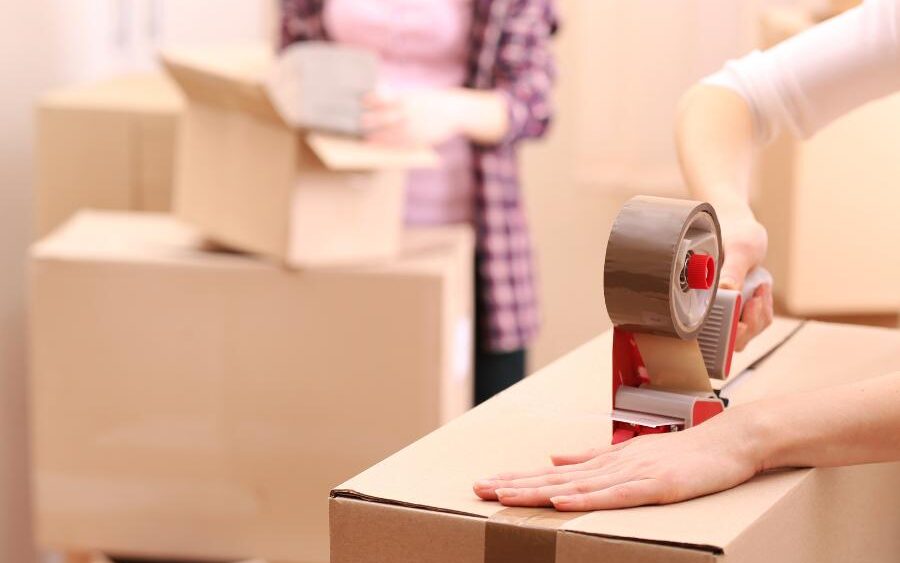When life calls for long-term storage, whether you’re relocating, downsizing, or simply decluttering, preparing your belongings properly is the key to ensuring they remain safe, clean, and damage-free. Without proper precautions, items can deteriorate over time, leading to costly replacements or irreversible loss. By following these essential dos and don’ts, you can make sure your possessions are protected throughout their stay in storage.
Do: Choose the Right Facility
Before packing anything, ensure you select a reliable storage facility. Look for clean, secure, and climate-controlled units that can protect items from temperature swings and humidity. McDowell Mountain Community Storage – A Scottsdale Storage Facility is a great example of a place designed to safeguard your belongings with both convenience and peace of mind. The right facility makes all the difference when storing valuables for months or even years.
Do: Clean and Dry Items Thoroughly
One of the most common mistakes people make is putting items into storage without cleaning them first. Dirt, dust, and moisture can invite pests or encourage mold growth. Wash clothes and linens, clean furniture surfaces, and dry everything completely. Leather, wood, and upholstered items especially benefit from proper conditioning and cleaning before long-term storage.
Don’t: Store Prohibited or Perishable Items
Always check the rules of your storage provider, but as a general guideline, avoid storing food, plants, or hazardous materials like paint, gasoline, or chemicals. These not only pose safety risks but can also attract pests or damage surrounding items. Keeping prohibited items out of your unit ensures safety and compliance while preserving the condition of your other belongings.
Do: Use Quality Packing Materials
Invest in sturdy boxes, bubble wrap, plastic bins, and packing paper. Weak or reused boxes can collapse over time, damaging the contents inside. Wrap fragile items individually and cushion them well. For electronics, use original packaging if possible, or pack them with anti-static materials. A small upfront investment in high-quality supplies can save you from future heartbreak.
Don’t: Overpack or Leave Items Unprotected
Cramming too many things into a box or skipping protective padding is a recipe for disaster. Overpacked boxes may split, while unwrapped items can chip, crack, or scratch each other. It’s better to distribute weight evenly across several boxes and keep fragile items separated. Clear labels on boxes will also help you find things quickly later.
Do: Elevate and Cover Belongings
Even in well-maintained facilities, accidents such as minor flooding or dust buildup can occur. Place boxes on pallets or shelves to keep them off the ground. Use breathable fabric covers for furniture to prevent dust accumulation while allowing air circulation. If you want to avoid mildew, don’t use plastic covers. Instead, choose cloth ones.
Don’t: Forget About Accessibility
When arranging your unit, think ahead. Store frequently needed items near the front and leave pathways to access boxes at the back. Disorganized units often lead to frustration, unnecessary unpacking, or even damaged items while searching for something. A thoughtful layout saves both time and effort whenever you need to visit your unit.
Do: Consider Climate-Controlled Storage
For delicate items like antiques, electronics, artwork, or important documents, climate-controlled units are worth the investment. These spaces regulate temperature and humidity, preventing warping, fading, or mold growth. If you’re planning long-term storage in a location with extreme weather, this feature becomes essential.
Don’t: Skip Insurance or Inventory
Even the most secure facilities recommend having insurance. Make a detailed list of everything you’re storing and keep copies of pictures or receipts. This paperwork not only helps you keep things in order, but it also makes it easier to file a claim if something gets lost or broken, which doesn’t happen very often.
Final Thoughts
Preparing your belongings for long-term storage is more than just boxing things up and locking them away—it’s about preserving memories, investments, and essentials. By doing these things and not doing them, you can keep your things in great shape for as long as you need them to. And with trusted facilities like McDowell Mountain Community Storage – A Scottsdale Storage Facility, you’ll have the confidence that your valuables are in safe hands until you’re ready to bring them home again.




